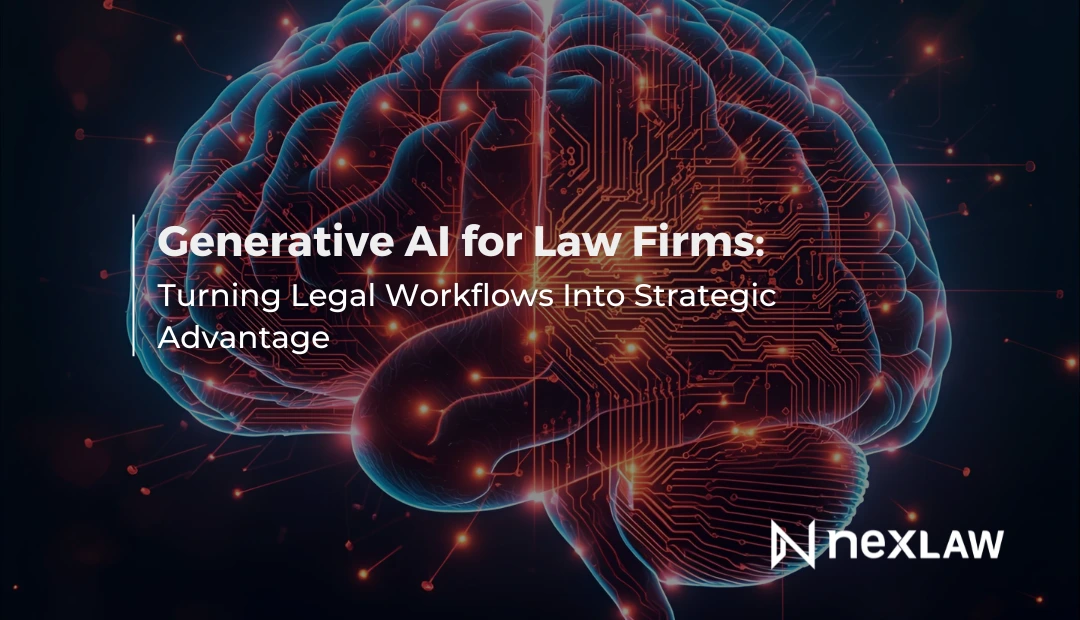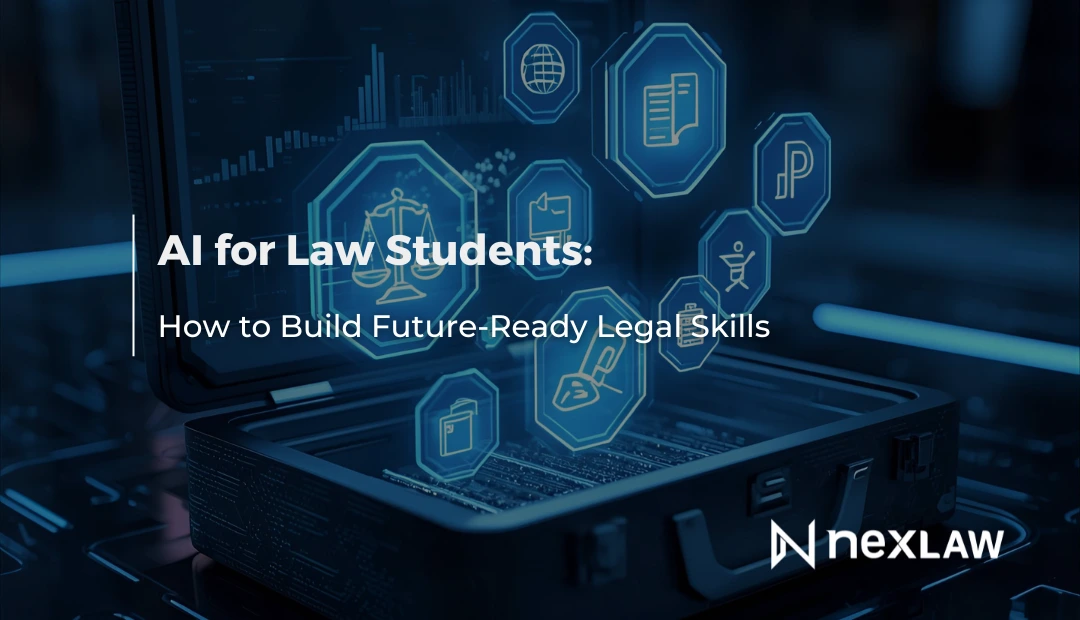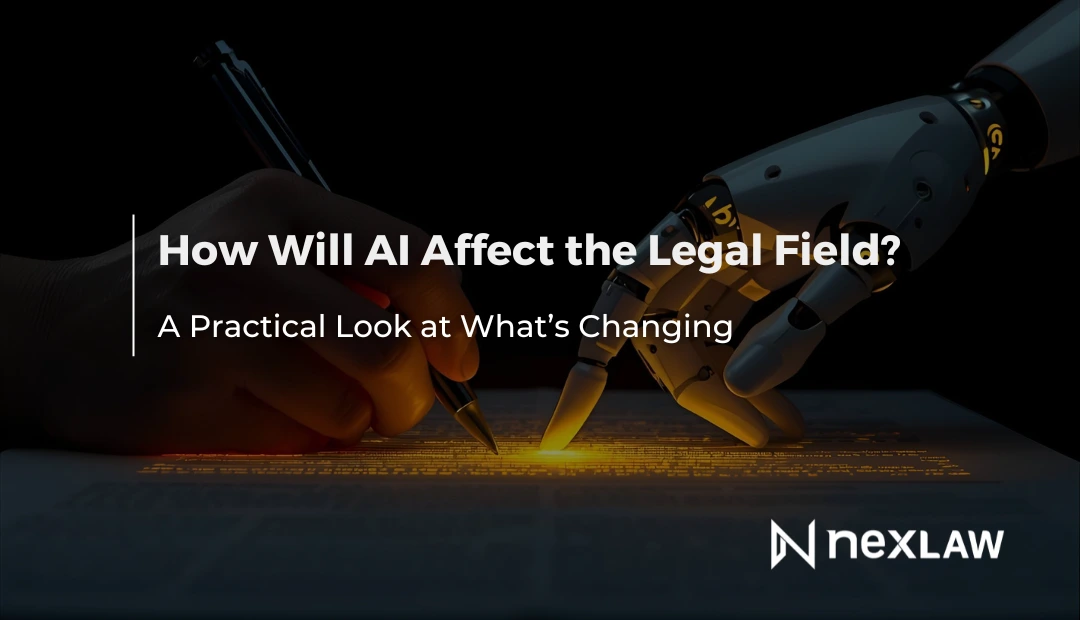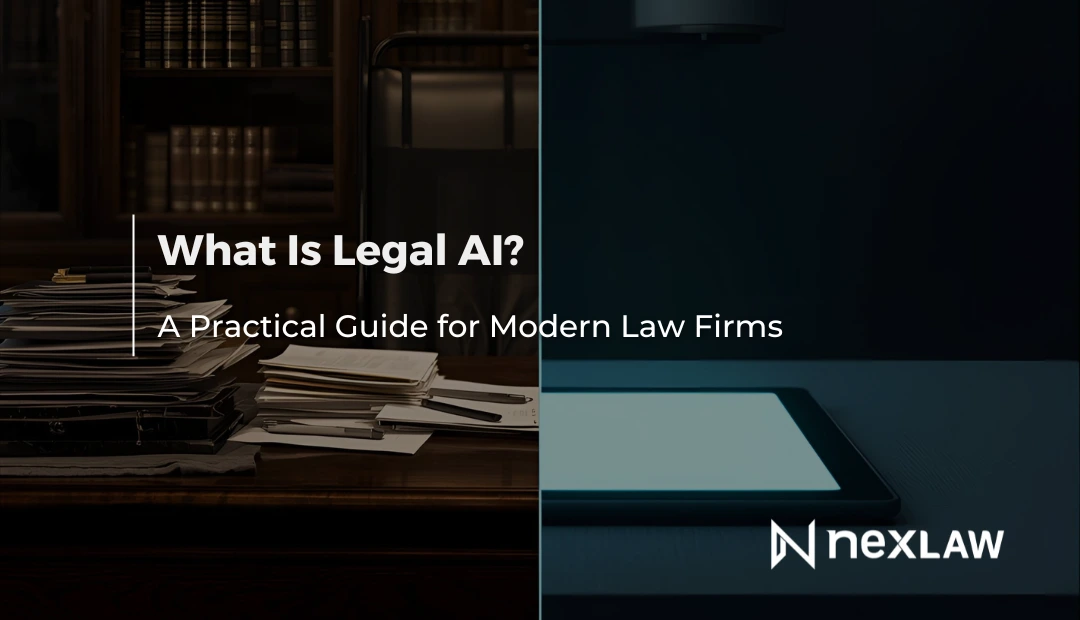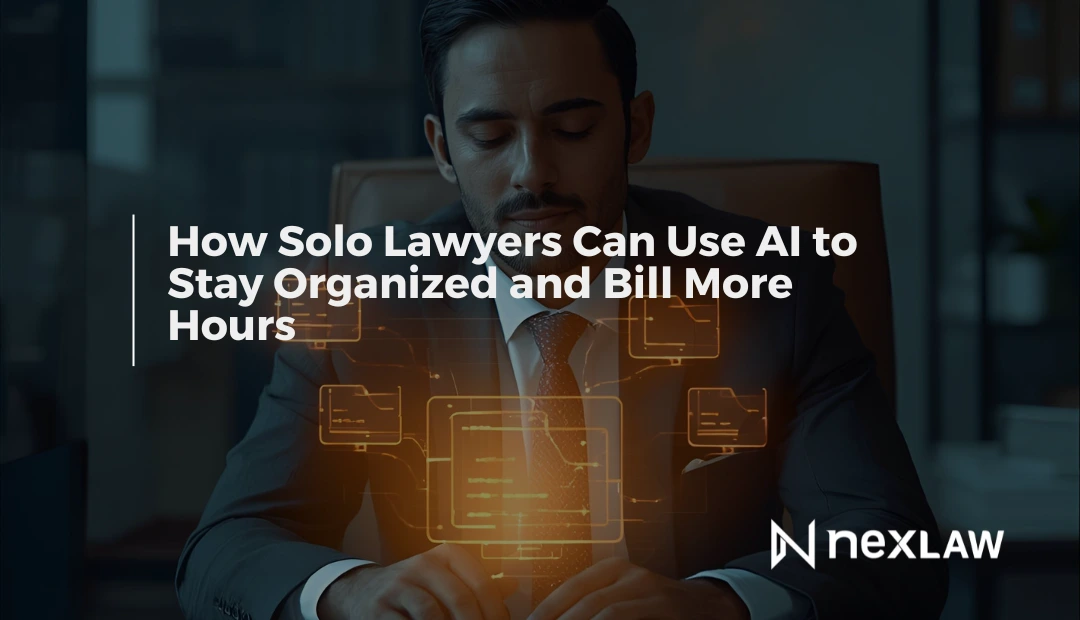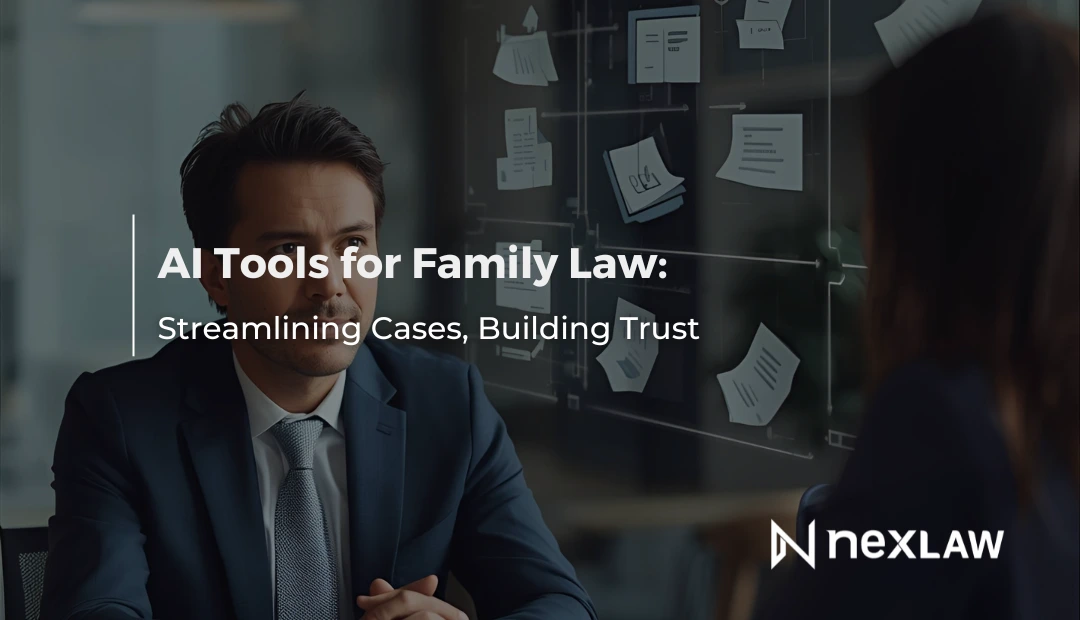Generative AI for Law Firms: Turning Legal Workflows Into Strategic Advantage
Unlock Legal Insights Instantly!
From Curiosity to Competitive Edge
Just two years ago, generative AI was a novelty in legal circles. Most law firms viewed it as an experiment—something to test but not to trust. Today, that perception has changed. Firms across the U.S. are integrating AI into research, drafting, and litigation workflows, not for speed alone but for strategic advantage.
According to the 2025 LegalTech Adoption Index, 61 percent of mid-sized firms now use generative AI for at least one stage of litigation, and over 40 percent of those firms have reported measurable profitability increases.
The reason is simple: Generative AI is no longer just about generating text—it’s about generating outcomes.
What Generative AI Actually Does for Lawyers
Generative AI can interpret, summarize, and create structured outputs based on massive volumes of legal data.
But when built specifically for law, as in NexLaw’s Agentic AI ecosystem, it can do more than draft text—it understands context, compliance, and courtroom impact.
Here’s what that looks like in practice:
- NeXa turns hundreds of pages of discovery documents into a concise timeline of relevant facts.
- ChronoVault 2.0 links evidence, witnesses, and filings to those facts automatically.
- TrialPrep generates motion outlines, argument maps, and exhibit lists.
- Courtroom Assistant captures citations and attorney arguments in real time during hearings.
This is not generic AI—it’s an integrated litigation framework that turns preparation into strategy.
Moving from Drafting to Decision-Making
Most firms begin using generative AI for basic drafting—research memos, client letters, or discovery summaries. But the real benefit comes when they use AI to support decision-making.
For example:
- In Research: NeXa highlights precedents most frequently cited in similar cases.
- In Drafting: TrialPrep suggests argument sequences that align with favorable outcomes.
- In Court: The Courtroom Assistant identifies when opposing counsel misstates a precedent and timestamps it for immediate review.
AI becomes a silent strategist—augmenting human expertise rather than replacing it.
Example: Transforming Complex Discovery into Winning Strategy
A commercial litigator in Denver handled a multi-party construction dispute involving over 30,000 pages of documents.
Using Agentic AI, his team:
- Uploaded all discovery materials to ChronoVault 2.0, which categorized them by project stage.
- Queried NeXa to identify recurring contract breach patterns.
- Used TrialPrep to create issue-based summaries and draft interrogatories.
- Deployed the Courtroom Assistant to log each reference during a five-day hearing.
The AI surfaced a previously overlooked subcontractor memo that proved decisive. The case settled favorably within three weeks—saving an estimated 90 hours of manual review time.
How AI Changes Firm Economics
Generative AI doesn’t just streamline work; it reshapes profitability. When research, drafting, and review occur simultaneously within one platform, firms gain measurable advantages:
| Metric | Before AI | With NexLaw’s Agentic AI |
|---|---|---|
| Drafting Time per Motion | 7–9 hours | 2–3 hours |
| Research Accuracy | 82 percent | 97 percent (source-verified) |
| Review Cycle Duration | 5 days | 2 days |
| Client Turnaround | 10 days | 4 days |
| Realized Billable Hours | 70 percent | 92 percent |
These improvements lead to higher client satisfaction, fewer disputes, and stronger firm reputation.
Ethical and Compliance Guardrails
Generative AI in law must always operate within ethical boundaries. NexLaw ensures compliance through three safeguards:
- Verification Layers: Every AI-generated citation or clause must be confirmed by the lawyer before inclusion.
- Audit Trails: ChronoVault 2.0 records the origin, timestamp, and edits for every generated output.
- Privacy Protection: No client data is ever used to train AI models, meeting ABA confidentiality standards.
This design lets firms embrace innovation without risking professional misconduct.
Beyond Automation—Toward Agentic Intelligence
The next frontier of legal AI is not automation but agency—systems that not only execute instructions but understand goals.
NexLaw’s Agentic AI introduces proactive assistance:
- Flags missing discovery documents.
- Predicts case outcomes based on precedents.
- Suggests optimal argument orders.
- Reviews opposing exhibits for fairness.
The result is a digital partner that anticipates what lawyers need before they ask—a true agentic framework from discovery to hearing.
Courtroom Assistant: Closing the Loop
Most generative AI ends at the drafting stage. NexLaw’s Courtroom Assistant bridges the final gap between preparation and performance.
It supports litigators by:
- Capturing live dialogue and citations during hearings.
- Tagging evidence references for post-hearing analysis.
- Logging preparation and hearing time for billing and compliance.
This real-time functionality turns generative AI from a back-office helper into an in-court advantage.
Implementing Generative AI the Right Way
Law firms adopting AI should start small but strategic:
- Identify repetitive, text-heavy workflows like research or discovery.
- Introduce AI tools incrementally—NeXa first, then TrialPrep and ChronoVault 2.0.
- Train teams on ethical verification before automation scaling.
- Use analytics to track ROI and process efficiency improvements.
Within 90 days, most firms report measurable time savings and faster case turnaround.
From First Draft to Final Argument—Faster, Safer, Smarter
NexLaw helps firms move beyond automation toward intelligence. With Agentic AI, every stage of litigation—from document upload to courtroom presentation—works in sync to create clarity, confidence, and measurable results.
- Try the 3-day free trial—no credit card required.
- Unlock full functionality with the 7-day trial.
- Or book a demo call to see generative AI in action across your firm.
